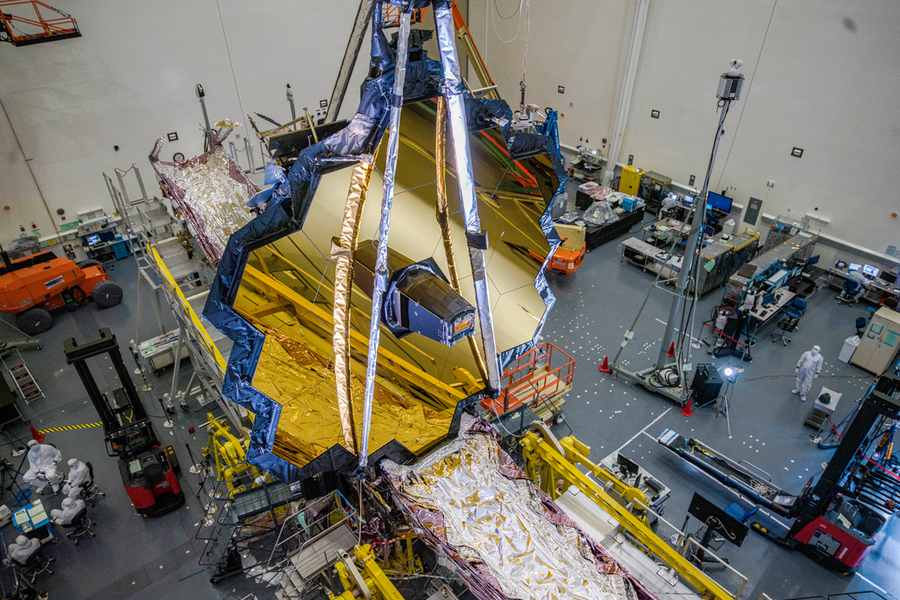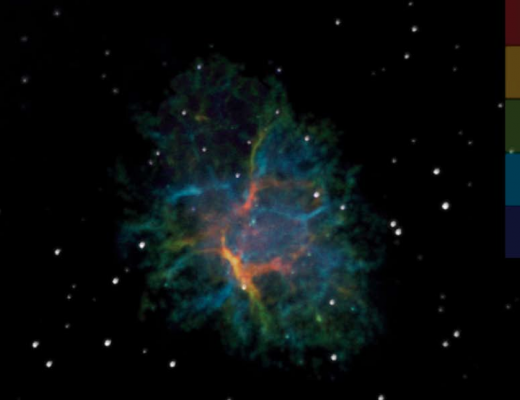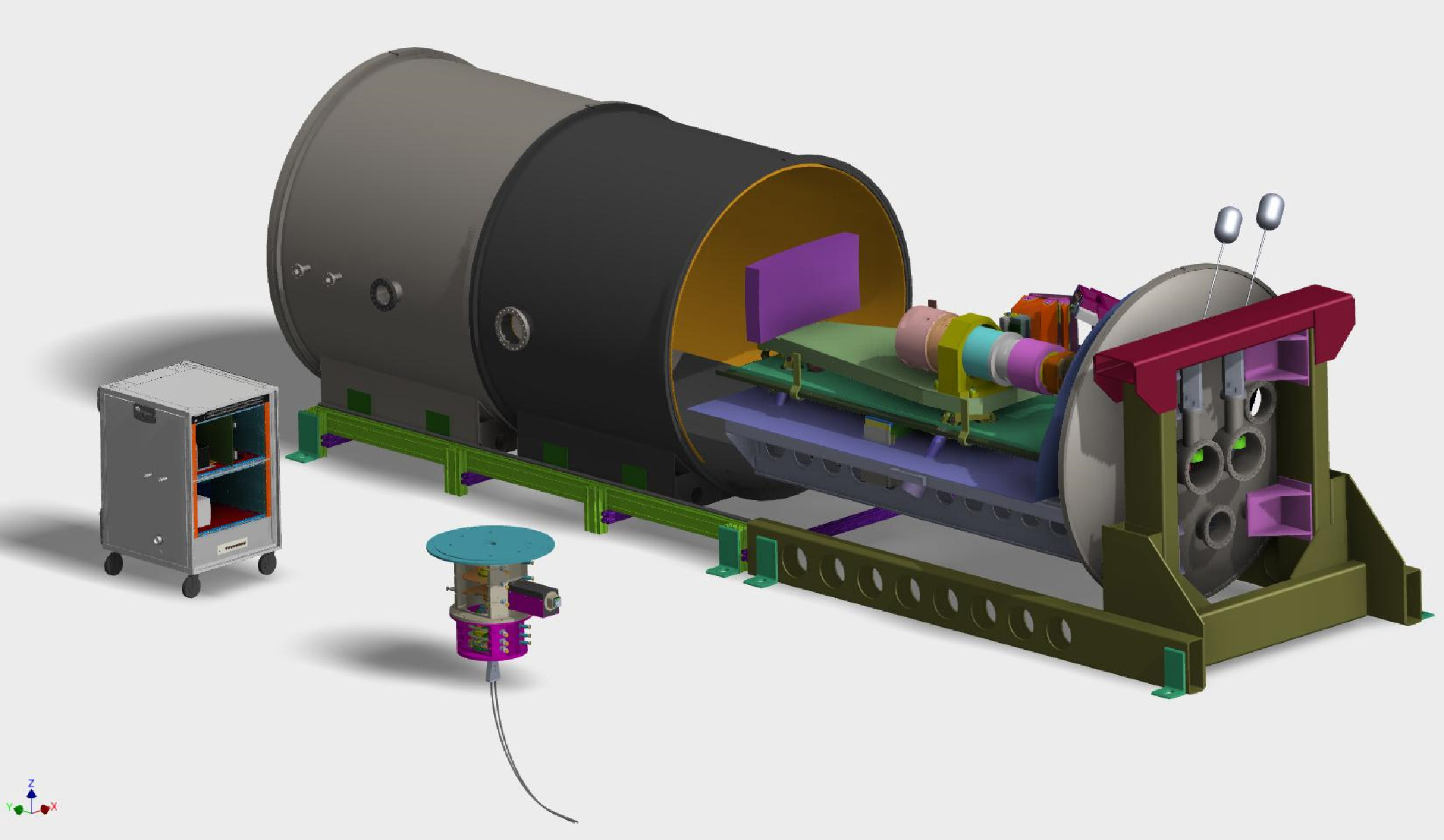New launch date for Webb

NASA and its international partners, the Canadian Space Agency and the European Space Agency, are now targeting October 31 2021 for the launch of the James Webb Space Telescope. This seven-month delay, added to the previous launch date of March 30 2021, is due to the impacts of the global COVID-19 pandemic as well as certain technical challenges related to the mission. Among other things, the Webb team adapted to the pandemic by imposing enhanced security measures, but also experienced a reduction in on-site personnel as well as work interruptions.
In order to reflect this new launch date, the Cycle 1 call for proposals to the scientific community has also been modified. Requests for General Observations (GO) time must now be submitted by November 24 2020.
Rigorous testing on the Webb telescope continues to go well at Northrop Grumman, the mission’s main industrial partner, in California despite the challenges posed by the pandemic. Prior to the pandemic-related delays, the team had achieved important milestones in preparation for launch in 2021.
As schedule margins tightened last fall, NASA had scheduled an assessment of the project’s status for April 2020. This assessment was postponed due to the pandemic and was completed in mid-July. It was at that time that the new launch date was chosen. Based on current projections, the program plans to complete the remaining work according to the new schedule without requiring any additional funds.
The project team is still conducting its final round of extremely challenging environmental testing on Webb, which is now fully assembled. Early next year, Webb will be folded up like origami to be shipped to the launch site in Kourou, French Guiana and placed snuggly inside the Ariane 5 rocket that will then launch the telescope into space.
The Webb telescope is an international project led by NASA in collaboration with the European Space Agency and the Canadian Space Agency. It will help solve the mysteries of our Solar System, explore distant worlds around other stars and probe the mysterious structures and origins of our Universe. The Canadian team is led by René Doyon, Principal Investigator of the Canadian FGS/NIRISS instrument and Director of OMM.


